Weekly Featured Underwater Photographer – Francesco Pacienza
Every week we will feature one underwater photographer who has left us breathless! These photographers have gained knowledge and experience in the art of UW photography and are happy to share it with us!
This week’s featured photographer is Francesco Pacienza!
About Francesco
Photography has always occupied a predominant place in my life since early childhood. My first camera was given to me when I was 5 years old and with it I tried to photograph the small animals that lived among the flowers.
At age 25, I left a degree in Law to study photography. Attending the European Institute of Design in Rome, allowed me to refine my technical knowledge and to deepen the concepts related to the use of light. Since then, light has always represented the means by which to achieve my photographs whether they are advertising photographs, or architecture, reportage and underwater.
This knowledge which is not only technical but also cultural allowed me to create photographic images with a unique style not only in commercial photography but also underwater.
Even in underwater photography I apply the methods of controlling light that I have always applied in photography of still-life advertising; also experimenting with new techniques using unusual materials such as mirrors and white background, etc..
In my photographs, the white background is obtained through the use of a special lighting system built by me, which allows me to illuminate the subject from behind. This method is relatively simple with a small nudibranch but much more difficult with fish.
My concept of photography, which is based on creativity and technical knowledge, has allowed me to use unconventional targets to perform a certain type of shooting.
I love the Tokina 10-17 lens used inside a mini-dome, which allows you to take photos even of small subjects, such as nudibranchs, contextualizing them in their natural environment unlike what you would get by using macro lenses.
As to macro lenses, I prefer the Nikkor 40mm Micro instead of the more used 60mm, and the 85mm Micro Nikkor lens which is much more versatile than the more famous 105mm.
The thing that fascinates me most is the use of light and its application as a language and style of communication. The concept of light as an element specified in the “writing” of a photograph can be learned through its study and its application.
I think that with the use of the mirror can give a three-dimensional view of the subject being photographed, being able to choose whether to include the environment as a background or keep it totally black in order to better isolate the subject.

Macro Fisheye
Subjects such as nudibranchs are preferred by photographers who use macro lenses; I enjoy photographing them using a Tokina 10-17, a fisheye lens, that allows me to stay very close to the subject at any focal length.

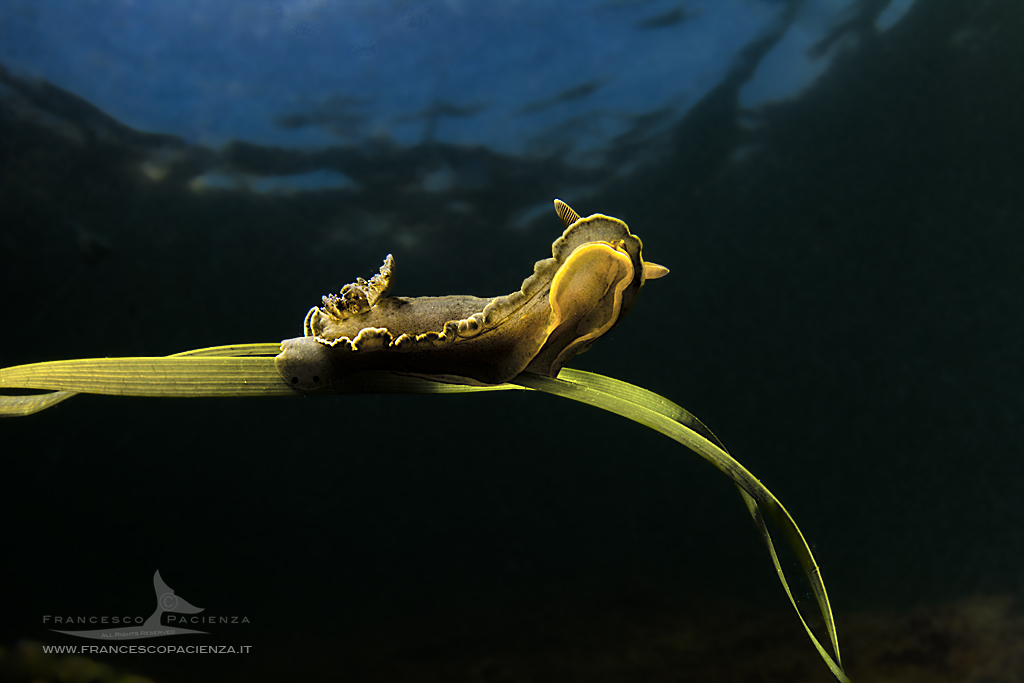
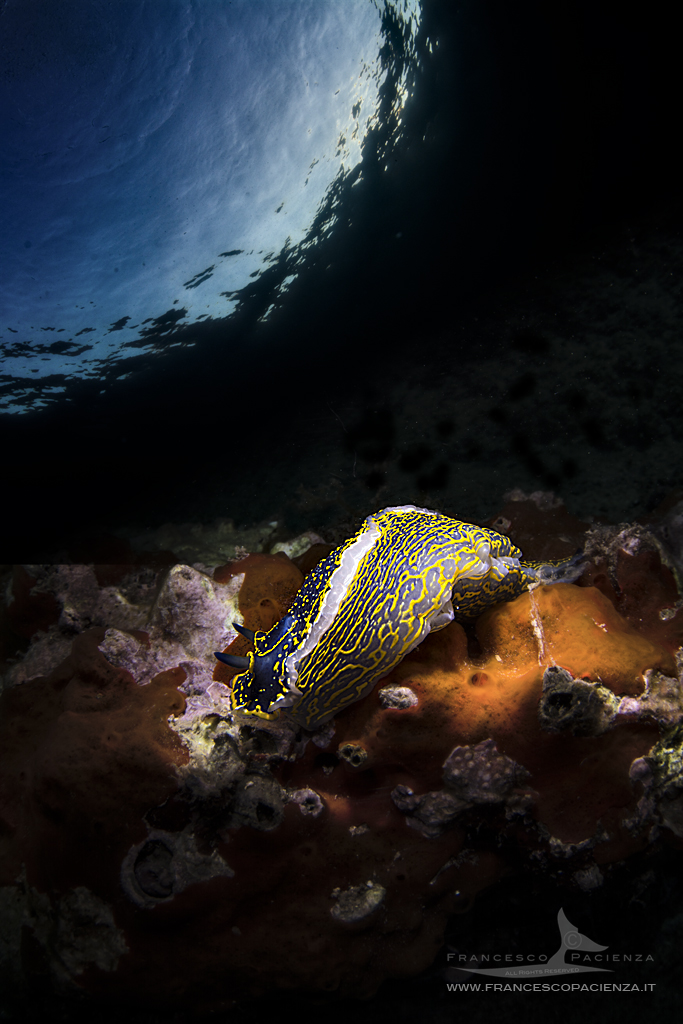

Francesco’s Gear
Camera: Nikon D90 – D5200 – D7100
Nikon Lenses: 12-24 f4, 40mm f2.8, 85mm f 3.5
Tokina Lenses: 10-17 f3.5-4.5
Housing: Easydive LEO II and LEO III
Lighting: 2 x Nikonos SB105, Homemade snoot for wide-angle
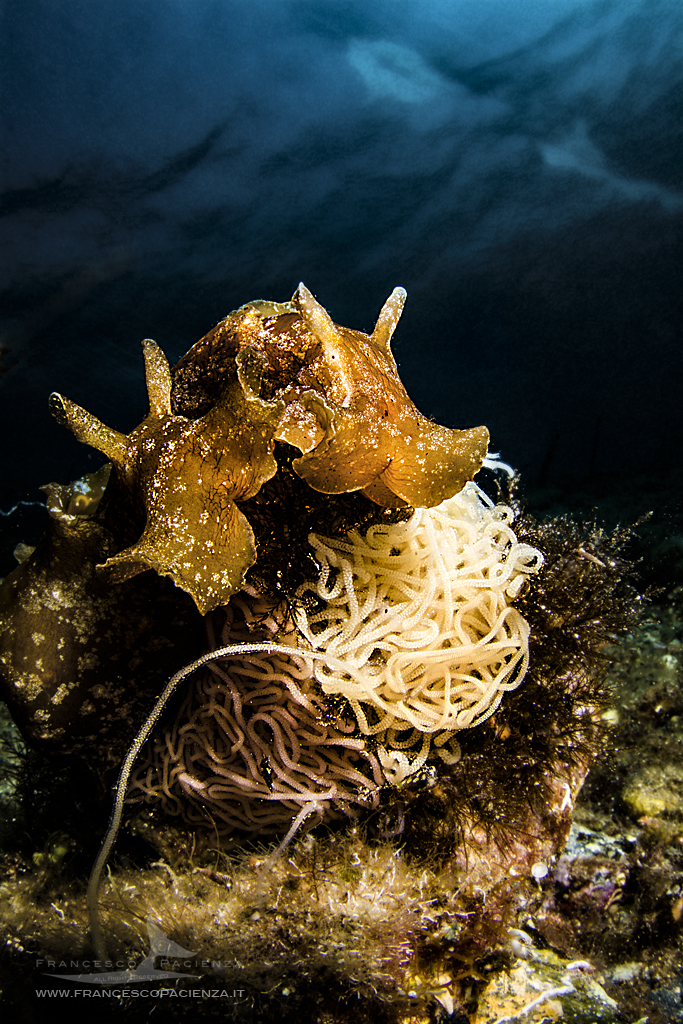
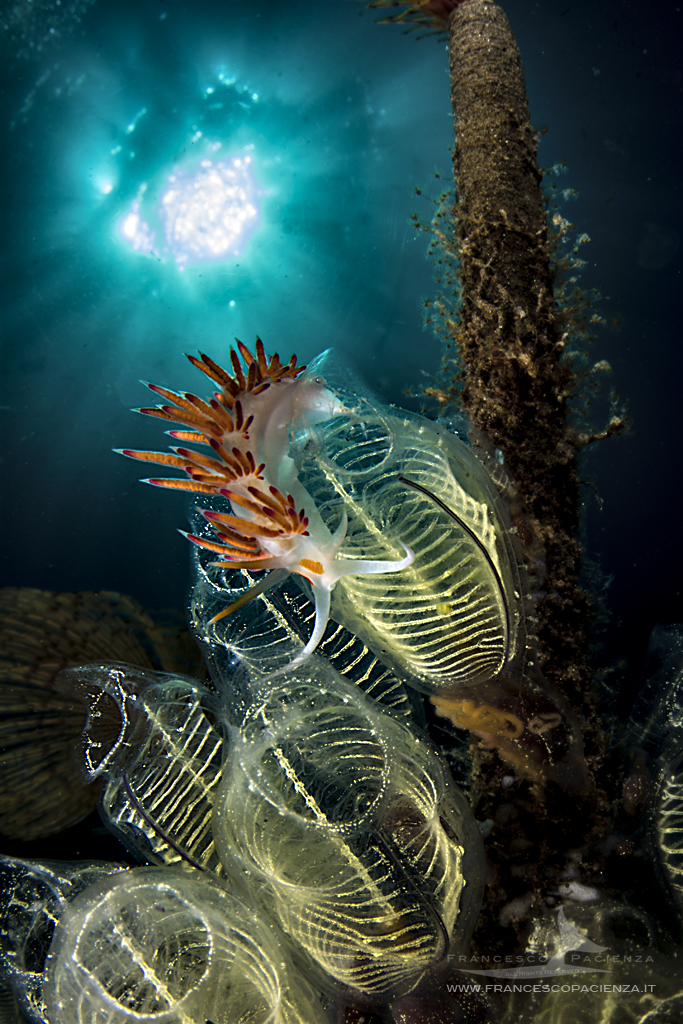
Mar Piccolo
Mar Piccolo is a small sea within the Mediterranean Sea, is located in Taranto, southern Italy, and is a true treasure rich in biodiversity. Here you can meet at a shallow depth, many living beings of considerable size compared to other seas, for the enormous presence of nutrients due to the 35 freshwater springs submerged and the cultivation of mussels.
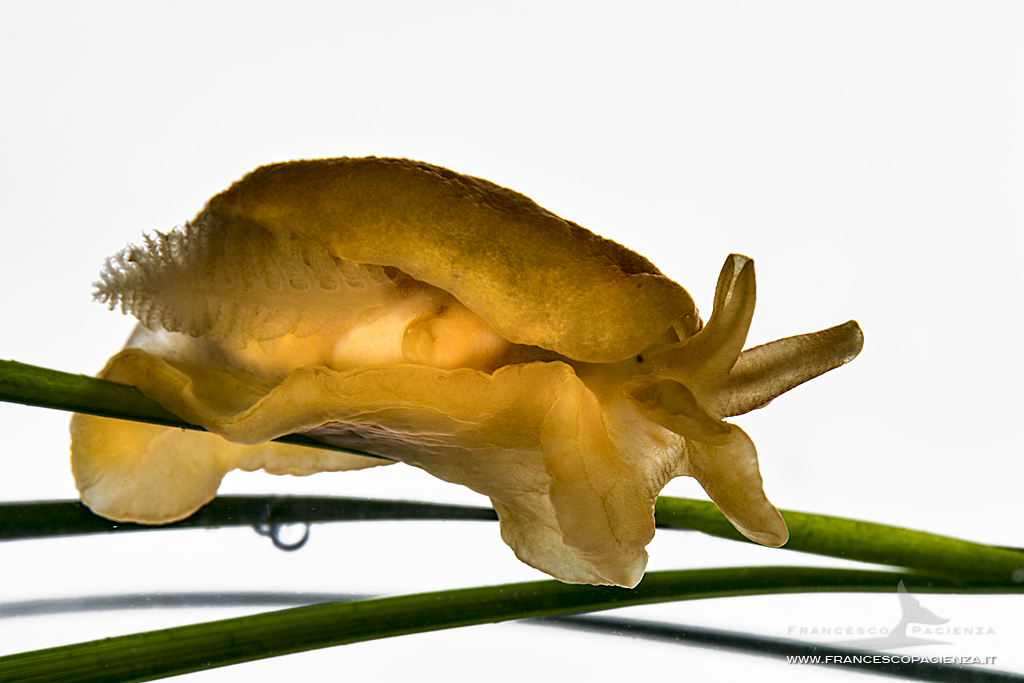
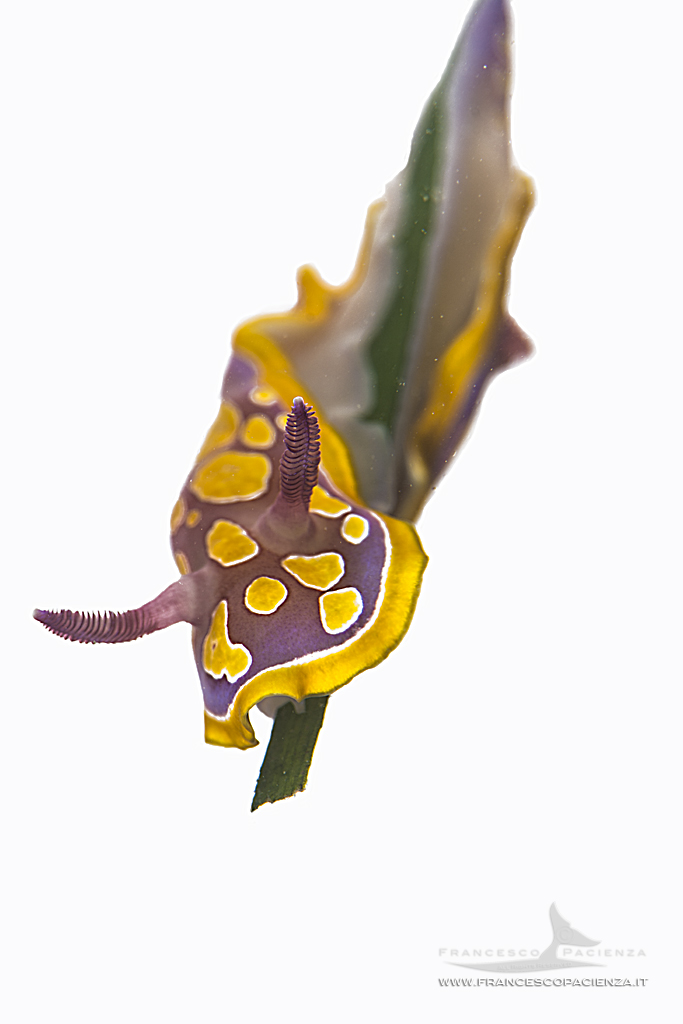
Dendrodoris limbata
The Dendrodoris limbata is an elegant nudibranch from black or dark gray livery; difficult to photograph on a black background or on a mirror, as well as on a white background: the light must be well directed to draw the contours and but carefully managed for a correct exposure of all the elements that make up the scene being photographed.

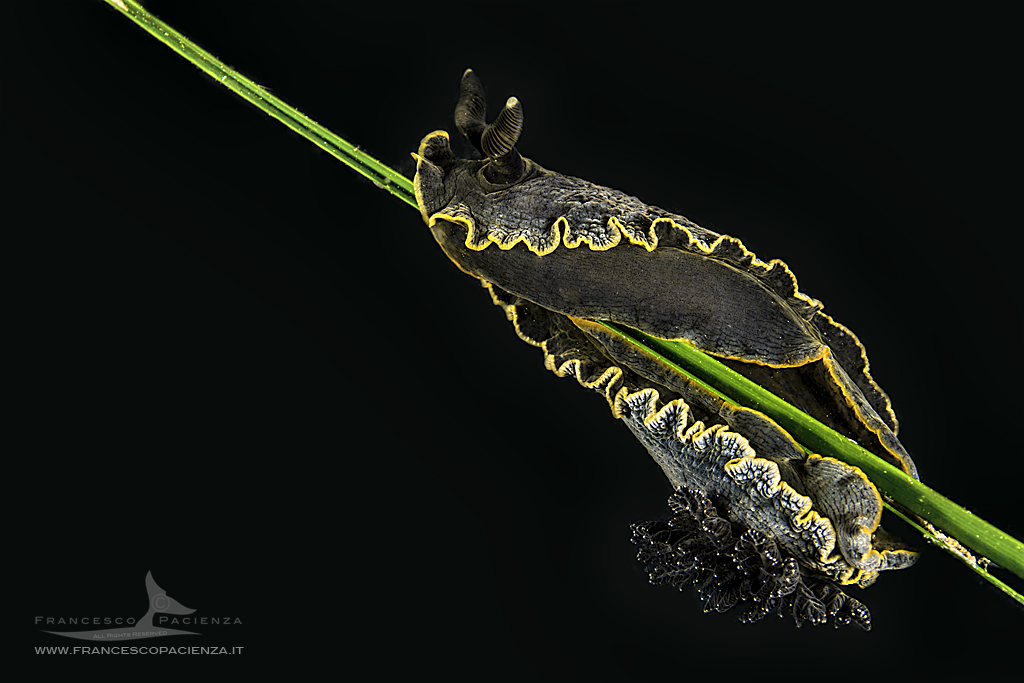
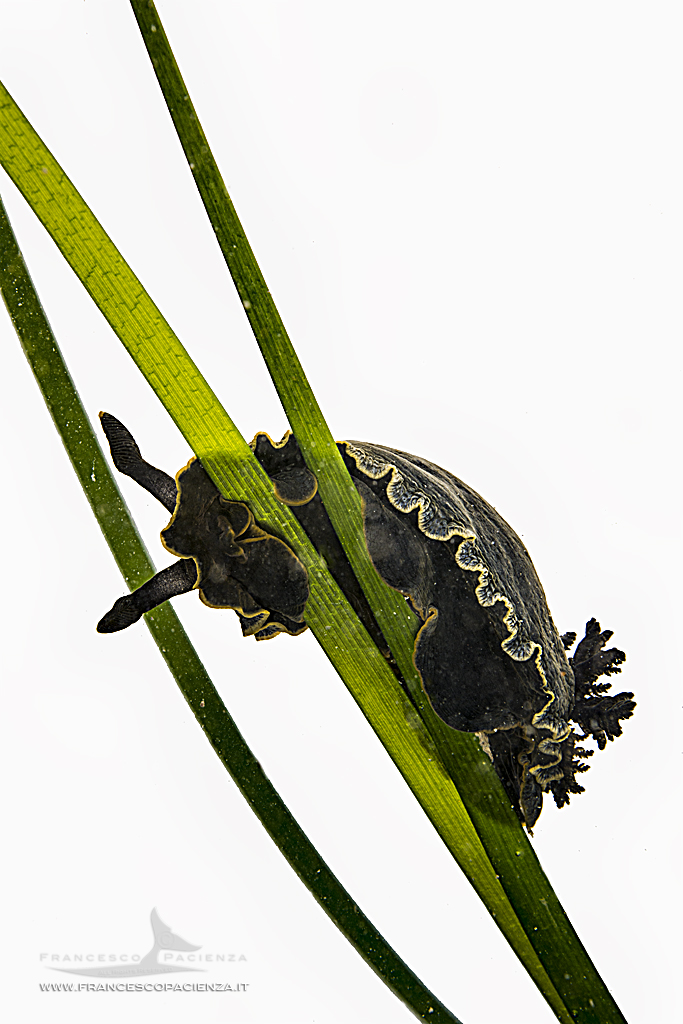
Goby
These small fishes are moving fast along the whip coral that are also used to lay their eggs. Photograph with the mirror and the white background has required a lot of patience, especially because, due to large amounts of plankton in the water, I chose to use a 40mm Macro lens. The photo was taken in Moalboal, Philippines.

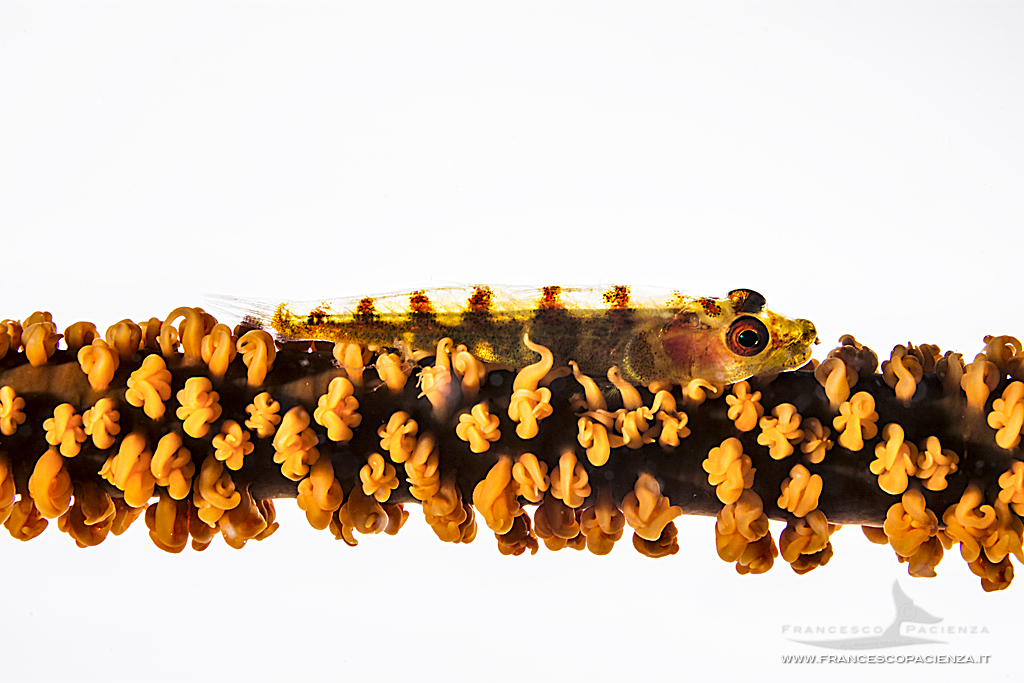
See more of Francesco’s amazing work HERE.
Also on his website HERE.
- Native Lenses vs. Wet Lenses for Underwater Photography – December 20, 2023
- The Complete Guide to Practicing at Home for Underwater Photographers – October 4, 2023
- Best Strobe for Underwater – The Ultimate Strobe Guide (Updated!) – June 29, 2023

 CAD
CAD

